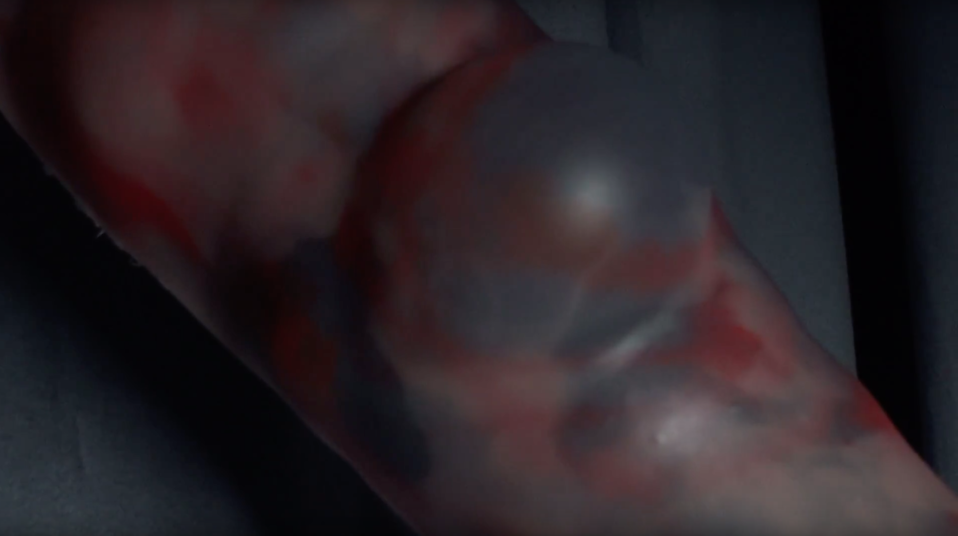________________________________________________________________________________________________________________________________________________________________________________________
Technology is used by humans to augment their perception and alter their environment. Yet individual humans are in turn products of specific historical technologies and contingent technocultural practices. Technological development has on the one hand, been described as having an alienating effect, and on the other as enabling a more intimate connection between humans, nonhumans, and the environment (Nye 2006: 2). At present, machines and humans have already become closely interlinked and interrelated (Pold 2011: 98) and one might wonder, if emergent future technologies could potentially also aid in developing a more ecologically receptive post-anthropocentric humankind? Might technology mediate relations that contribute to producing a new 'physis' (Benjamin 1986: 59) – a utopian collective body that encompasses human beings alongside the biotic and abiotic elements of their environment, which transposes humanity as an element in a larger posthuman entity?
Traits that point to an elision of the borders between biological organisms and machines are identifiable within many different contemporary technical research fields. Soft robotics is one such field. Here, researchers endeavor to build responsive machines from deformable and compliant materials to achieve designs that are claimed to be both safer for humans to interact with and easier to implement in unstructured settings (Arnold & Scheutz 2017; Laschi, Mazzolai & Cianchetti 2016).
The current project interrogates soft robotics technology from an explorative design and arts perspective in order to couple it with wider considerations on the relations that humans maintain to their surroundings and to nonhuman organisms. It enquires into the possibility of enlisting soft robotics to cultivate other ways of perceiving and relating to nonhuman others. It asks what vision of a posthuman entity this specific technology might facilitate.
The practice presented triangulates between the epistemic practices and interests of media art, the posthumanities, and technical soft robotics research. It seeks to affirmatively reorient existing research on soft robotics by focusing on its aesthetic and relational potentials, and to deflect the utilitarian interests and ethics that traditionally guide its development.

